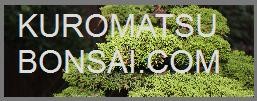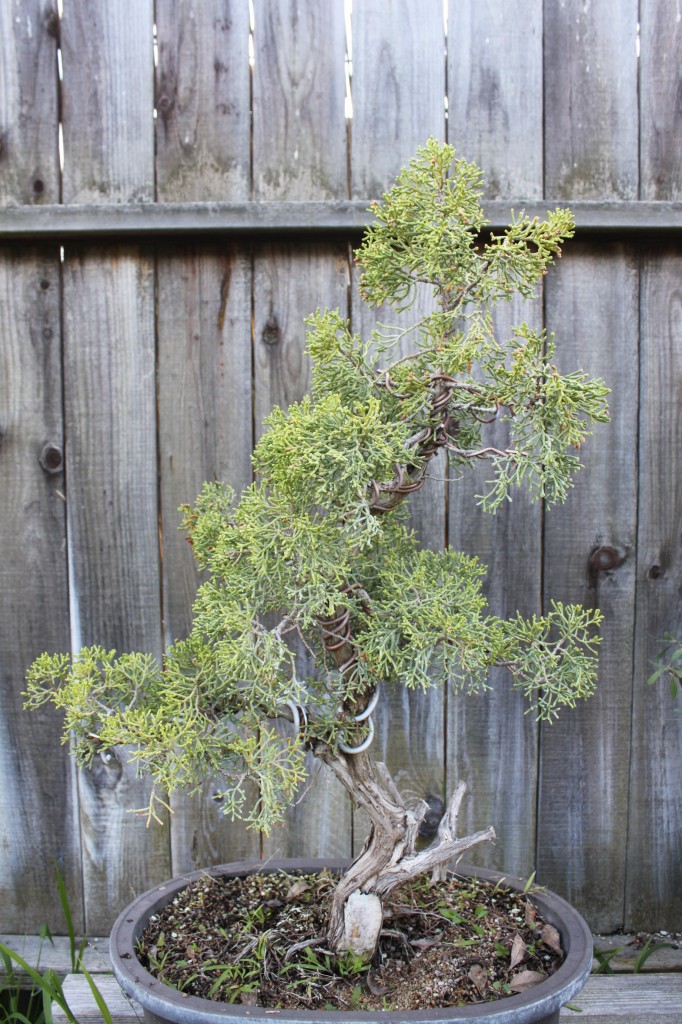California Juniper Bonsai
California Juniper Bonsai Care and Creation
California Juniper Bonsai. The phrase calls to mind fantastic natural deadwood shapes. Among all of the species of tree available for bonsai, a few from some very specific regions of the earth have almost mythic status. All are trees that can only be obtained by collecting one from the wild, and all are trees that form fantastic shapes with lots of deadwood: The Florida Buttonwood; Pemphis Acidula from the Philippines and Indonesia; and the California Juniper.
There are only three varieties of Juniper bonsai that readily form large masses of deadwood. Two species, the Needle Juniper and the Shimpaku Juniper are native to Japan and for all intents and purposes, can no longer be collected from the wild. The third is the California Juniper, and it can still be collected from private land, with the permission of the landowner.
Where to Get A California Juniper Bonsai:
You have two options: Collect a California Juniper from the high desert in California, or buy one from someone else who collected one. Growing these trees from seed is difficult, and growing them from cuttings is almost impossible. While these trees form amazing deadwood, nothing else about them is good for bonsai purposes. They have poor foliage for bonsai, they throw long roots that are sensitive to pruning, and they have a habit of suddenly and mysteriously dying after several years of growing in a pot.
Propagating them from seed is almost impossible. For one thing, they are dioecious, meaning you need a male tree and a female tree in order to obtain viable seeds. For another, the seeds are almost microscopic in size and have a very low germination rate. No one sells them, so you would have to collect them. And if you are already in the area, why not just collect an adult juniper instead?
Do you want to see California Junipers growing in the wild? It is really easy. Drive from Los Angeles to Las Vegas on Interstate 15. After you summit the Cajon Pass, you will be on a long downslope on the way in to Victorville, CA. Look around you. You will see hundreds of large, rounded green mounds of foliage all across the high, sloping plain below the mountains. These are California Junipers growing in their natural environment. If you could collect one of these, you are going to have an uphill battle turning one into a bonsai. You will have to containerize one of these behemoths, and then carve your own deadwood.
Entire articles have been written about collecting California Juniper. It involves getting up really early in the morning, driving to the high desert, a lot of hiking through inhospitable terrain, and as much as half a day of digging in order to get enough roots to ensure that the tree will survive. This is not a deal where you drive up next to the tree, dig it out and load it into your SUV. These trees live in a desert that routinely kills people who get stranded there. Before you dig, do some preliminary pruning. Yes, you need an idea what style of bonsai the tree will be before you dig – how are you going to carry out a tree that is four or five feet across. Native growth on these trees is really leggy. Once you get the tree out of the ground, the roots must be packed in wet sphagnum moss. Then you can tie the tree on your back and hike back to where you parked your car. Do you still want that stupendous four foot tall mass of deadwood? Hope you have a strong back.
Now That You Have Your Future California Juniper Bonsai:
When you get your tree home, pot it up in a tub. Word is, the best growing medium to get them to establish roots is pure agricultural pumice. It may be possible to mix in some decomposed granite and a little organic matter. Survival from this point depends on how many fine roots your tree had when it was collected, and your tree has about a 50/50 chance of surviving and adapting to container life. So pot it up and wait a year – or two. Do not attempt styling until your Juniper starts to put on new growth.
Styling:
You are working with a collected tree, probably with an unbendable trunk. Whatever trunk shape the tree had, that is what style it will be. You can do the usual deadwood styling with power tools, and you can train the branches with wire. You can use the techniques the Japanese use for splitting the live vein away from the deadwood to bend it, but be careful. This is not a Shimpaku. The wood is more brittle and must be worked with carefully.
Foliage:
California Junipers, bonsai or not, have the coarsest foliage of any Juniper used for bonsai, and their foliage does not become more compact or reduce under bonsai culture. Short of grafting on Shimpaku foliage (which has been done), the only thing a bonsai artist can do is wire out every foliage tip, and make the deadwood the focus of the bonsai.
Summation:
California Juniper Bonsai is all about deadwood. Even more than the fabled Shimpaku Junipers of Japan, nature has carved the trunks of California Junipers into fantastic shapes. If you are one of the fortunate few with the opportunity to collect one, a California Juniper bonsai is a treasure for the ages.

